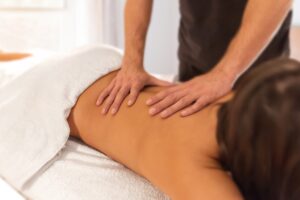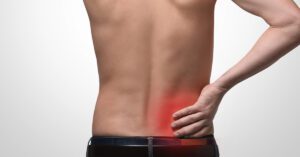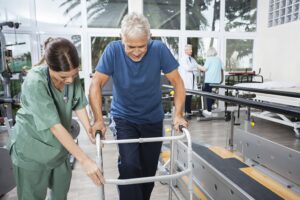
Getting the Right Massage for Low Back Pain
Massage treatment has the potential to provide significant healing and pain reduction for a wide variety of lower back conditions.

Massage treatment has the potential to provide significant healing and pain reduction for a wide variety of lower back conditions.

Contractures are a common complication that can occur following a stroke. Contractures are defined by stiffening or tightening of the

It takes place when one of the vertebrae, which are the bones that make up your spine, slides out of

Some neurological diseases have spasticity as a symptom as well as a characteristic of the condition. It brings a simultaneous

A singular manifestation of aberrant body posture manifests itself in somewhere between 5 and 10 percent of post-stroke patients. The

The healing process for spinal cord injuries often begins in the hospital as soon as possible after the injury has

The term “agnosia” refers to a collection of diseases in which injury to the brain makes it difficult for the

The occipital lobe is the region of the human brain that interprets information from the eyes and converts it into

Recovering after a stroke may be a difficult process. Among other things, your brain must relearn abilities lost due to

If you’ve had a stroke, you’re more likely to suffer a seizure. Your brain is harmed as a result of

Walking after a stroke is often one of recovery’s most difficult and crucial obstacles. The ability to walk on your

The basis of the healing and rehabilitation process for stroke patients is exercise, regardless of whether or not the affected